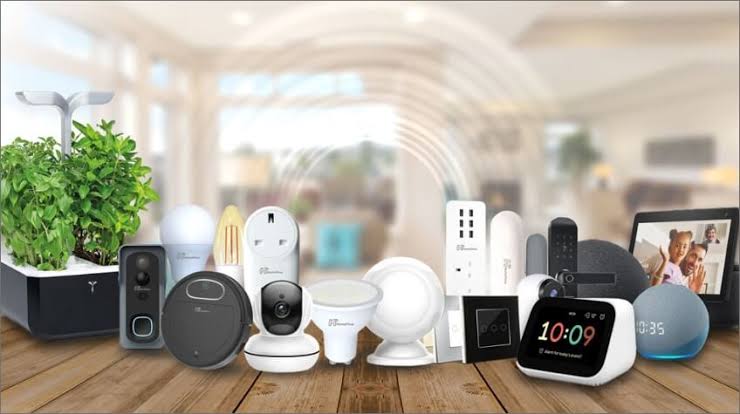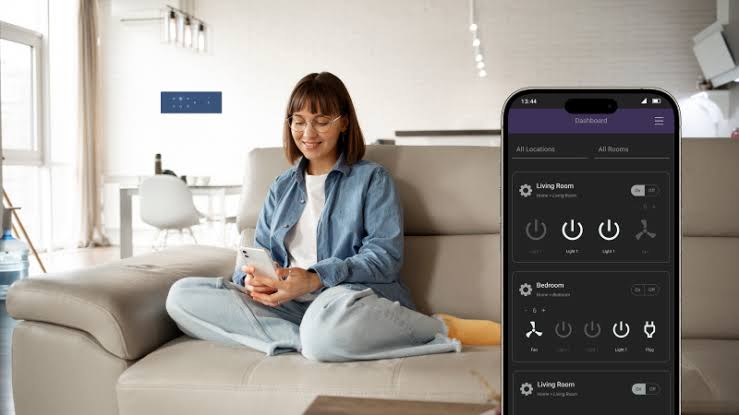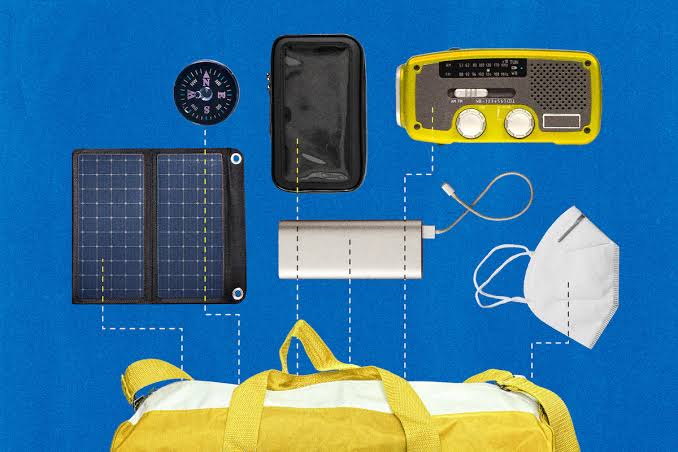The concept of home automation has evolved dramatically in recent years, becoming an essential part of modern living. As of July 2025, smart homes are no longer futuristic fantasies—they are practical realities powered by innovative gadgets designed to simplify daily routines, increase energy efficiency, enhance security, and improve overall comfort. Whether you’re managing your lighting, securing your front door, or adjusting your thermostat remotely, there are now intelligent tools to put your entire home at your fingertips. The best gadgets for home automation and control today are not only more advanced but also more affordable and compatible with various ecosystems, making smart living accessible to nearly everyone.
Smart Speakers and Voice Assistants
Smart speakers remain at the core of any home automation setup. Devices like the Amazon Echo (5th Gen), Google Nest Audio, and Apple HomePod Mini have become increasingly intuitive, offering seamless voice command support and deeper integration with other smart gadgets.
These speakers serve as command hubs that allow users to control lights, thermostats, locks, and more just by speaking. The latest models as of 2025 come equipped with enhanced voice recognition, better sound quality, and broader multilingual support. Some can distinguish between different voices in the household and respond with personalized answers—like reading specific calendars, reminders, or playlists.
Their compatibility with major platforms like Alexa, Google Assistant, and Apple’s Siri ensures that users can automate complex routines. For instance, a single voice command such as “Good night” can trigger a series of actions like locking doors, dimming lights, and setting the alarm system.
Smart Lighting Systems
Lighting is one of the easiest and most impactful areas to automate in any home. Gadgets like Philips Hue, LIFX, and Wyze Bulb Color continue to dominate the market with improved connectivity and energy efficiency.
As of mid-2025, these lighting systems support advanced scheduling, color customization, motion activation, and integration with voice assistants. Users can program lights to mimic natural daylight patterns, helping improve mood and sleep cycles. With motion detection features, lights can be set to automatically turn on when someone enters a room and switch off when it’s unoccupied, saving on energy costs.
Smart lighting also offers security benefits. When you’re away from home, you can simulate occupancy by turning lights on and off remotely, deterring potential intruders.
Smart Thermostats and Climate Control
Climate control has become smarter and more eco-conscious. Devices like the Nest Learning Thermostat (4th Gen), Ecobee SmartThermostat Enhanced, and Honeywell T9 now include sensors that learn your schedule, understand your comfort preferences, and adjust the indoor temperature automatically.
In 2025, many of these thermostats come equipped with AI-driven features that analyze weather forecasts, occupancy data, and energy usage trends to optimize heating and cooling. They can also detect when no one is home and switch to eco mode, reducing your energy bill without compromising comfort.
Most importantly, these gadgets integrate smoothly with solar panels, HVAC systems, and even electric vehicle charging systems, forming a connected ecosystem that supports sustainable living.
Smart Security Cameras and Video Doorbells
Home security is one of the primary reasons people invest in automation, and today’s smart cameras and video doorbells offer more features than ever. The Arlo Pro 5S, Google Nest Cam IQ, and Ring Video Doorbell Elite 2 have raised the standard for home surveillance.
These devices now feature 4K resolution, color night vision, facial recognition, and package detection. AI enhancements allow them to distinguish between pets, vehicles, and humans, minimizing false alerts. In 2025, some models include two-way communication and emergency integration, enabling homeowners to contact authorities directly from the app if needed.
With cloud storage, users can review footage from anywhere in the world. Many systems are now compatible with neighborhood watch networks, adding a community-based layer of protection.
Smart Locks and Door Controls
Gone are the days of hiding spare keys under doormats. Smart locks like the August Wi-Fi Smart Lock (3rd Gen), Yale Assure Lock 2, and Level Lock+ have made entry more secure and convenient.
These locks allow homeowners to control access via smartphone apps, keypads, or even fingerprint recognition. Temporary digital keys can be sent to family members, guests, or service personnel, and they can be revoked at any time. In 2025, biometric-enabled locks are gaining popularity, offering multi-factor authentication for added security.
Some models also work with geofencing technology. For example, the door can unlock automatically when you approach and lock behind you as you leave, providing a hands-free and worry-free experience.
Smart Plugs and Power Management
Smart plugs such as TP-Link Kasa, Wemo Smart Plug Mini, and Meross Smart Wi-Fi Plug are small devices with big benefits. They allow you to control standard appliances—like coffee makers, fans, and lamps—via smartphone apps or voice commands.
These gadgets can be scheduled to turn on or off at specific times, helping reduce electricity waste. In 2025, many smart plugs include built-in energy monitoring features that let you track usage and costs in real-time, helping you understand and lower your carbon footprint.
They are also useful for enhancing safety. For instance, you can turn off potentially dangerous appliances like irons or heaters remotely if you forget to do so before leaving the house.
Centralized Control Panels and Hubs
While individual devices are great, centralized hubs offer complete integration. Devices like Samsung SmartThings Station, Hubitat Elevation, and Apple Home Hub provide a unified interface for managing multiple smart devices from a single app or dashboard.
These hubs support a variety of communication protocols like Z-Wave, Zigbee, and Matter, allowing devices from different brands to communicate smoothly. With automation scenes, users can create complex routines that link multiple gadgets—for example, dimming the lights, playing calming music, and adjusting the thermostat for a relaxing evening atmosphere.
In 2025, hubs are smarter and more responsive than ever, equipped with backup battery systems and offline operation features that ensure reliability even during internet outages.
Conclusion: Smarter Living, One Gadget at a Time
The best gadgets for home automation and control in 2025 reflect a future that is already here. These tools are not only transforming how we interact with our homes but also contributing to sustainability, safety, and efficiency. From voice-controlled assistants and automated lighting to AI-powered thermostats and smart locks, the opportunities to streamline your lifestyle are virtually endless.
Investing in smart home gadgets doesn’t just add convenience—it empowers you to live more intentionally, securely, and sustainably. As technology continues to evolve, embracing home automation now ensures that your living space remains not only modern but truly intelligent.



